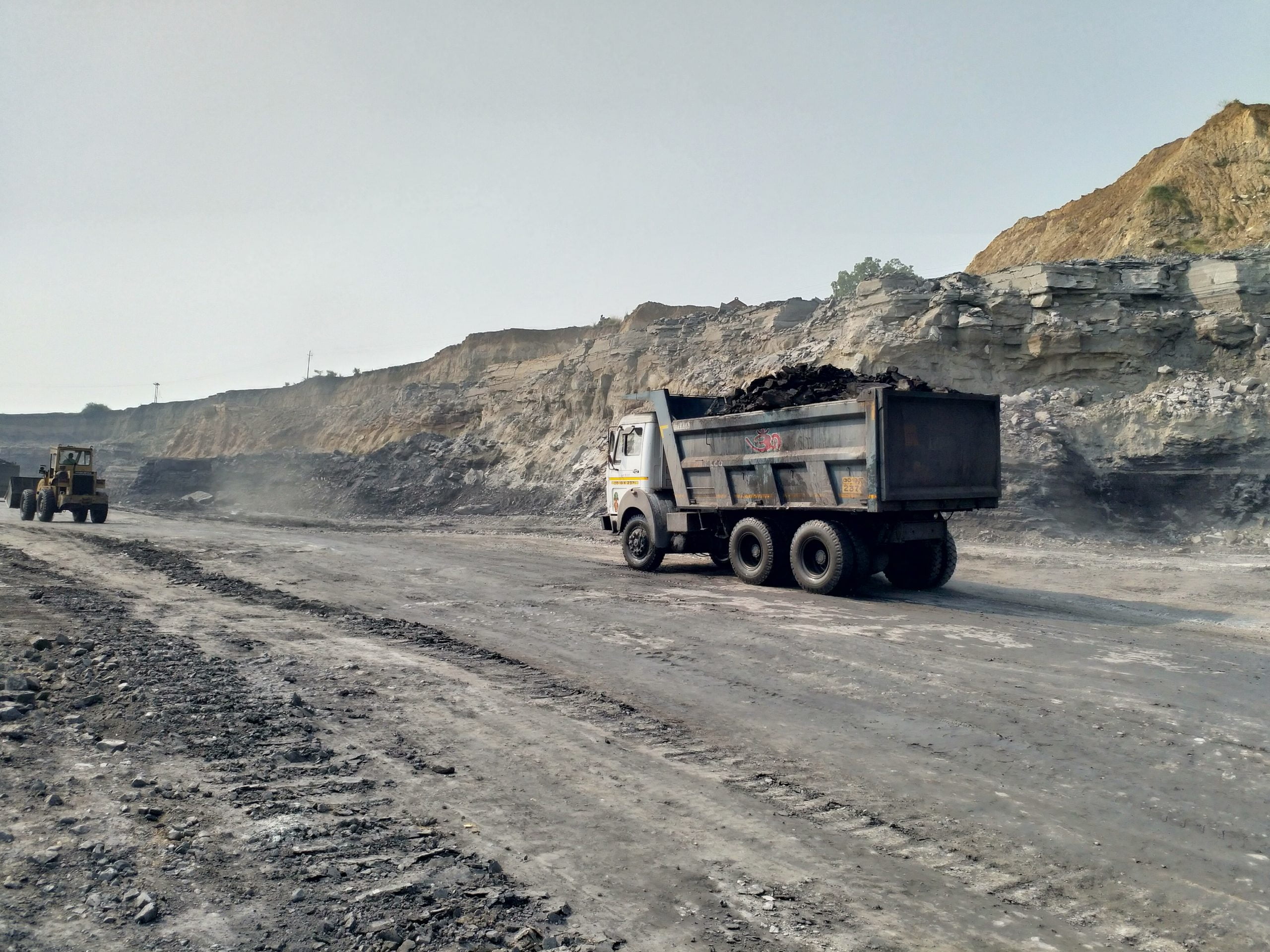Energy Transitions
| De Gruyter Oldenbourg |4 October 2023
Uneven and Combined Development and the Politics of Labour in an Eastern Indian Coalfield: Shifts and Changes from Late Colonialism to Neoliberalism

Introduction
Trotsky’s notion of uneven and combined development has been discussed extensively in the literature on extractive industries in the Global South. The debates originated in studies on Latin America but they are equally relevant for any other country of the Global South. In the Indian context, the development of extractive industries such as coal mining rests on, reproduces and constantly re-combines unevenness between India and other countries as well as within the country. This was the case when large-scale industrial mining began in India during the colonial period, primarily for railways, such as the East Indian Railway, and for local industries and export trade (Ghosh 1977). Mining continued to set the trajectory after the country gained Independence in 1947, when the state expanded the extraction of coal to feed its ambitious project of rapid industrialization in the name of ‘development’. Both, the ‘temples of modern India’ – as the first Prime Minister Nehru called the large integrated steel mills – and the large coal mines were concentrated in the subnational states in central and eastern India, such as Odisha, Jharkhand (formerly part of Bihar) and Chhattisgarh formerly part of Madhya Pradesh) (Das 1992; Adduci 2012; Adhikari and Chhotray 2020). As is well known, the expansion of open-cast coal mines entailed a plethora of environmental degradation as well as the large-scale dispossession and displacement of usually marginal agriculture-based communities and the dismantling of their agrarian structure (Nayak 2020; Noy 2020). The changing industrial policies since Independence also re-created and re-combined unevenness in the labour regimes, first by expanding the formalization of the erstwhile almost exclusively casual mining labour forces and later on by re-informalizing them.
Read more
